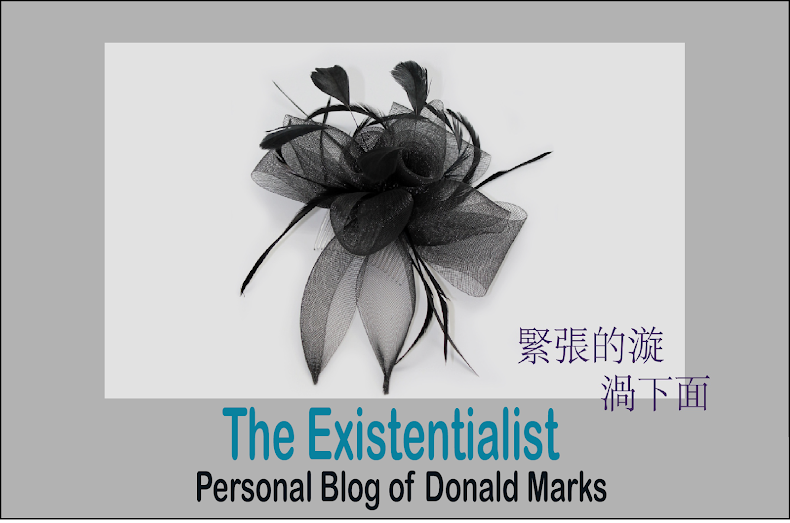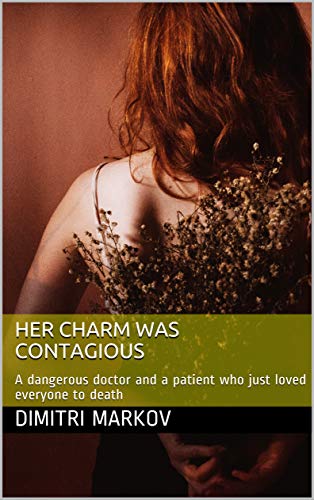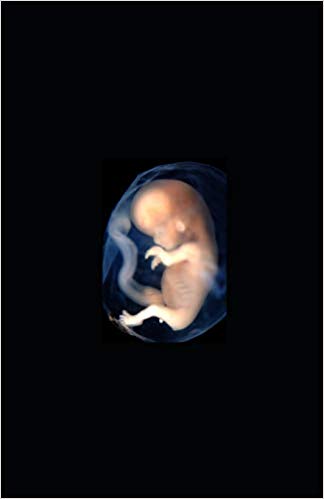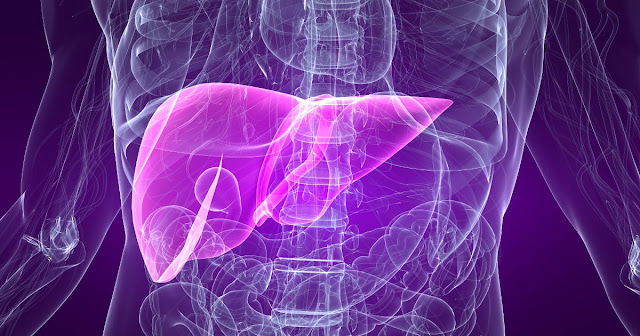Her Charm Was Contagious - Book Review
Ulla Barita
12:32 PM
0
What if your own doctor suffers crippling mental health issues of aging : memory loss, jealousy, uncontrolled anger? How will it affect the treatments they deliver? Everyone knows that Doctor Vincent Pasternak, the aging founding physician for the Haven Medical Group, has growing jealousy and paranoia. He fears that his junior partners believe him incompetent and want to replace him. But Vincent’s medical group is his life, his baby, and he may be pushed into extreme measures to protect his position. Vincent’s associates include easy-going general internist Keith Tamborer, Stanley the extrovert cardiologist and Everette, the introvert and highly religious gastroenterologist. Together, these four physicians suffer from all of the seven Cardinal Sins: wrath, greed, sloth, pride, lust, envy, and gluttony. Keith’s main goal is to simply practice medicine and stay out of everyone’s way. As the story develops, Keith realizes that Vincent has serious interpersonal and psychiatric problems. As Keith sees his partners die one by one, he develops a serious concern for his own safety. He wonders if the deaths are linked and why these doctors would be targeted. As things fall apart around him and trouble with the hospital and with lawyers dog him, Keith begins to see the outline of a plot against all the partners and he is forced to develop an attitude of survival.
Review
Really enjoyed this book but I can honestly say that I was questioning whether I would or not. The synopsis was a bit vague about what the story was about but as soon as I started reading I
knew I would enjoy it. I love a book that grabs me from the beginning and the style of writing is always important in doing this for me. This author writes in a way that caught my interest from the beginning. Without “talking down” to the reader, he/she immediately opens up the world of ER from all perspectives, including the doctors’ and nurses’ thoughts about various situations that can occur.
The medical terminology used throughout the book is explained in layman’s
terms without interrupting the flow of the book. The pace is steady the whole way through with twists that lead to the excellent heart-stopping ending (not what I was expecting but in a mostdeliciously exciting way). There are no cracks in the story, even when there is a time jump. was never confusing as to what has happened or who is who. The author made the story believable, even if I didn’t like the actions or thoughts of the medical staff, and it seems obvious hat the author has knowledge of how a hospital and medical practice is run. Sometimes with so many characters it is hard to remember who is who but in the case of this book they are each written with such individuality that there is no problem remembering who they are and investing in each one, whether it’s to wish them well or wish them thrown through a window. I love the fact that each character has both bad and good qualities, which is important for me because need to care about them, for good or bad. Keith is a perfect main character. He has some bad qualities but for the most part is a good guy, just flawed like all humans. That made him human for me and hoping he survived it all. The part of the book with the murder/suicide was brilliantly written. Like many readers, I run a movie in my mind of what I am reading and this scene was heart-wrenching. The wife’s pain of her husband’s betrayal was written with so much realism that the ensuing violence didn’t seem gratuitous, rather it seemed needed so as to express her twisted hurt. The egos of the doctors is written in a believable way, heinous as they may be. The editing, punctuation and grammar were all perfect. I truly enjoyed reading this book and, sadly, almost didn’t choose to read it because looking at the cover and title I assumed it was just a romance. After reading the book I understand the title but the cover is a bit misleading ( a different cover version than shown here) and may compel non-romance readers to ignore an entertaining read. I was genuinely surprised at how much I
Buy Now - https://www.amazon.com/dp/B008Y9L4R2/





